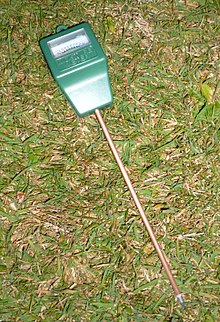john12ax7
Well-known member
I have a small piece of land I can use (20-30 sq ft) so thinking of planting and growing some vegetables and herbs.
Thinking of things like tomatoes, lettuce, basil, onions, peppers. What are good choices and tips for a newbie? Lower maintenance and higher success rate crops would be good.
Thinking of things like tomatoes, lettuce, basil, onions, peppers. What are good choices and tips for a newbie? Lower maintenance and higher success rate crops would be good.




























![Electronics Soldering Iron Kit, [Upgraded] Soldering Iron 110V 90W LCD Digital Portable Soldering Kit 180-480℃(356-896℉), Welding Tool with ON/OFF Switch, Auto-sleep, Thermostatic Design](https://m.media-amazon.com/images/I/41gRDnlyfJS._SL500_.jpg)








